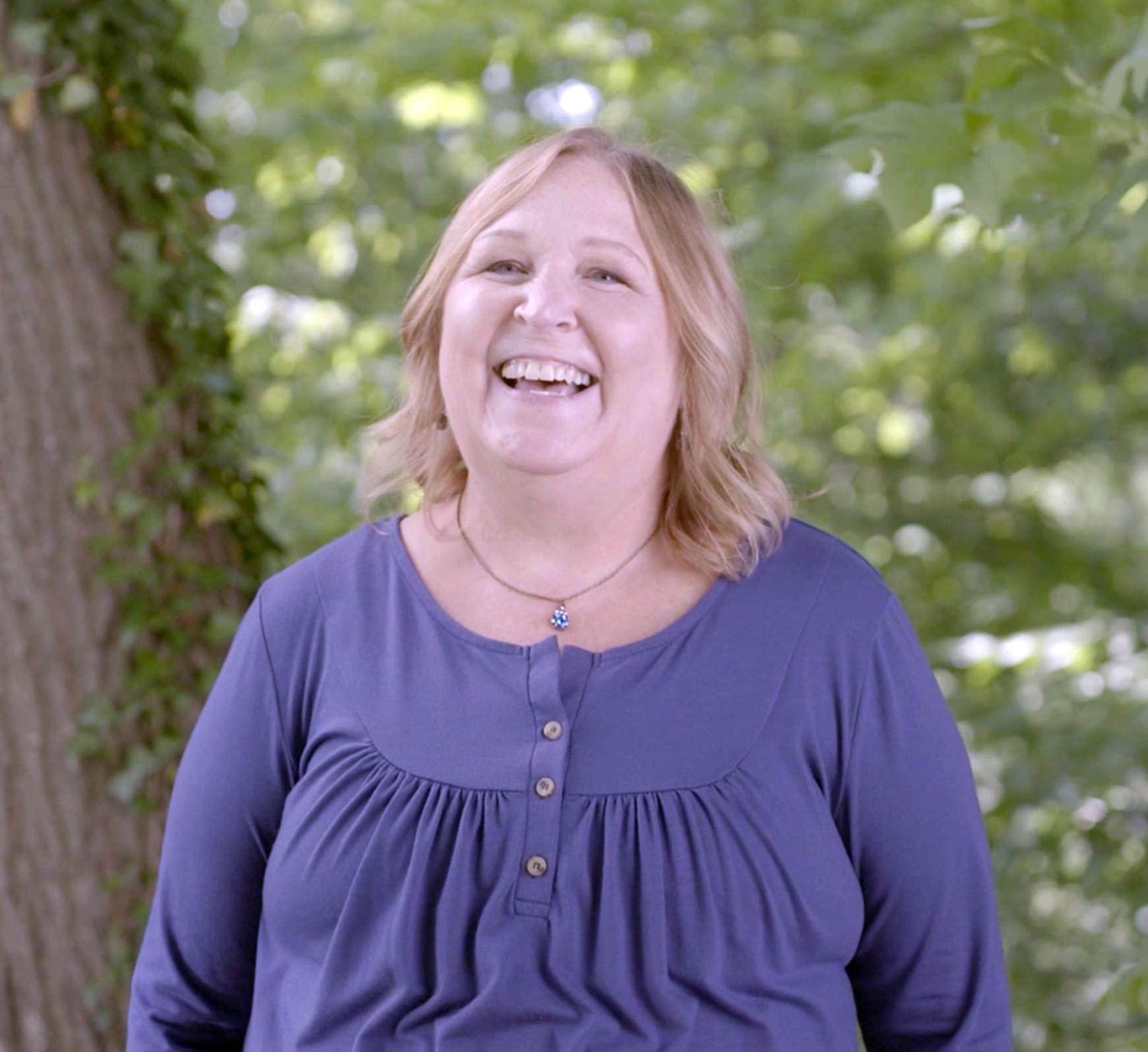Fundraising Guide
By registering for one of Lifebanc’s fundraising events, you’ve taken the first step in advancing organ, eye and tissue donation awareness, education and support. Make an even bigger impact by using these tips and resources to boost your fundraising efforts.
Step 1: Email friends, family and coworkers
Have you reached out directly to your connections to let them know your participating in a Lifebanc event? Participants who make direct asks are more likely to boost their fundraising contributions. See a few sample emails you can tailor to your story below.
Step 2: Promote on Social Media
Social media is a great place to promote your involvement with the event to friends, family and coworkers. Below are a few sample posts to get you started.
- Will you support me in @Lifebanc’s Gift of Life Walk & Run? I’m participating in [Select from: Honor/Celebration/Memory] of [Insert name(s)] and to help work toward a future where everyone on the transplant waiting list receives a life-saving organ, eye or tissue. Donate here: [insert link to personal or team page]
- 1,700 people are waiting for a life-saving organ transplant in Northeast Ohio. I’m [walking/running] Aug. 7th to help them. Help me reach my goal of $[insert dollar amount] by donating today [insert link to personal or team page]
- I’m [walking/running] for [my friend, mom, brother…] Join me in supporting life-saving organ, eye and tissue donation by contributing today: [insert link to personal or team page]. All fundraising goes toward educating the community about transplantation donation and providing support services for donor families.
First, add a link to your personal or team fundraising page to your Instagram bio. Learn how to add a link to your Instagram bio.
- Will you support me in @Lifebanc’s [Gift of Life Walk & Run / Over The Edge]? I’m participating in [Select from Honor/Celebration/Memory] of [Insert name(s)] and to help work toward a future where everyone on the transplant waiting list receives a life-saving organ, eye or tissue. To donate, see my link in bio or visit [Insert Link} #DonateLife
- 1,700 people are waiting for a life-saving organ transplant in Northeast Ohio. I’m [walking/running] Aug. 7th to help them. Help me reach my goal of $[insert dollar amount] by donating today. See my link in bio or visit [Insert Link] #DonateLife
- Create an Instagram story – either with photos or videos or both – to share your personal experience with Lifebanc. You can use Instagram’s donation sticker to find Lifebanc and add to your story OR mention that donations to your personal page can be made through your link in bio. View instructions on how to add a link to your Instagram bio.
Tips on How to Share Your Story
Your story is very personal, complicated and emotional so it can be difficult to know where to start or what to share. Here are a few tips to help.
- Identify what you want listeners or readers to think, feel or do. Think about what you want your audience to get from your story and ultimately, what you want them to think, feel or do after hearing it.
- Try writing it down first. This will help you identify the important elements of your story and what you can cut out. For example, you may not need to share all aspects of a medical diagnosis and treatment, but instead focus on the emotions you felt during that time while mentioning the high-level medical information that’s necessary to understand the story.
- Try to keep it short. This is especially true if you’re sharing on social media in written or video form. Keeping it short will help ensure people get through your entire story so they hear what you want them to think, feel or do (see our first tip.)
- Start strong with a hook. This is what grabs your audience’s attention. It may mean starting your story in the middle – leaving listeners wanting to learn more, piece the puzzle together and discover what happened next. You may also start with a surprising fact or question.
- Wrap it up to complete the story. Looking back at your story, is there anything that leaves the listener wondering, “what is the point?”, “why is this important?” Identify and fill in any gaps. When closing, revisit how your story started and see if there’s an opportunity to tie into your “hook.”
Fundraising Ideas to Help Solicit Donations
While you may have already asked your close friends and family, consider these other ways to help fundraise.
- Asking your coworkers or colleagues doesn’t have to feel uncomfortable. Try including a sentence or two with a link to your personal or team page in your email signature.
- Ask your employer if they match gifts, and if they do, let your colleagues know that any amount raised will be matched by the company.
- Ask your boss if you can sponsor a dress down day – anyone who wants to dress down donates $5.
- Partner with an area restaurant or bar to host a trivia night or other event with proceeds supporting your team. Bonus: The restaurant or bar will benefit from sales!
- Don’t forget to say, “Thanks!” either through a personal email, social media message or hand-written thank you.



